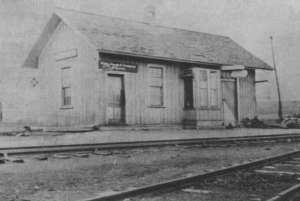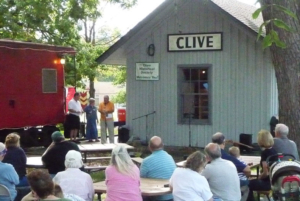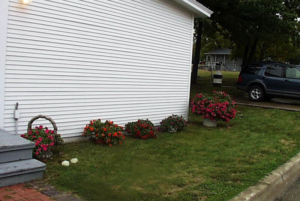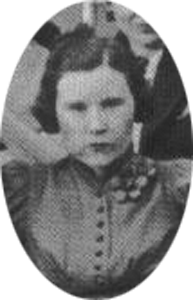» Click on an image to enlarge and step through the slide show.
 Clive Railroad Depot
Clive Railroad Depot Clive Railroad Depot
Clive Railroad Depot Clive Railroad Depot
Clive Railroad Depot Clive Railroad Depot
Clive Railroad Depot Clive Railroad Depot
Clive Railroad Depot Clive Railroad Depot
Clive Railroad Depot Clive Railroad Depot
Clive Railroad Depot Clive Railroad Depot
Clive Railroad Depot Clive Railroad Depot
Clive Railroad Depot Clive Railroad Depot
Clive Railroad Depot Clive Railroad Depot
Clive Railroad Depot Clive Railroad Depot
Clive Railroad Depot Clive Railroad Depot
Clive Railroad Depot Clive Railroad Depot
Clive Railroad Depot Clive Railroad Depot
Clive Railroad Depot Clive Railroad Depot
Clive Railroad Depot Clive Railroad Depot
Clive Railroad Depot Clive Railroad Depot
Clive Railroad Depot Clive Railroad Depot
Clive Railroad Depot Clive Railroad Depot
Clive Railroad Depot Clive Railroad Depot
Clive Railroad Depot Clive Railroad Depot
Clive Railroad Depot Clive Railroad Depot
Clive Railroad Depot Clive Railroad Depot
Clive Railroad Depot Clive Railroad Depot - Track sign properly painted
Clive Railroad Depot - Track sign properly painted
Depot Renovation



